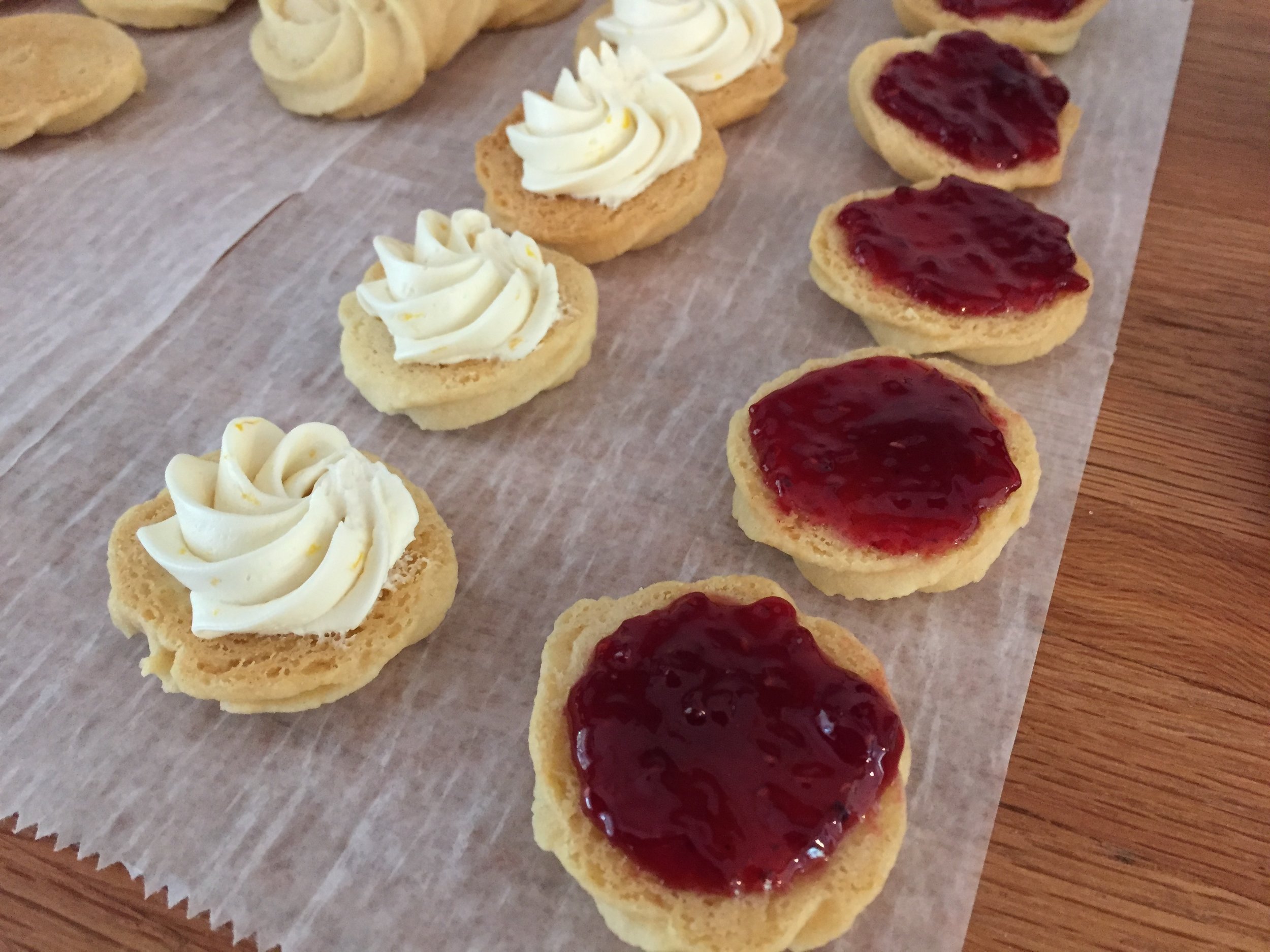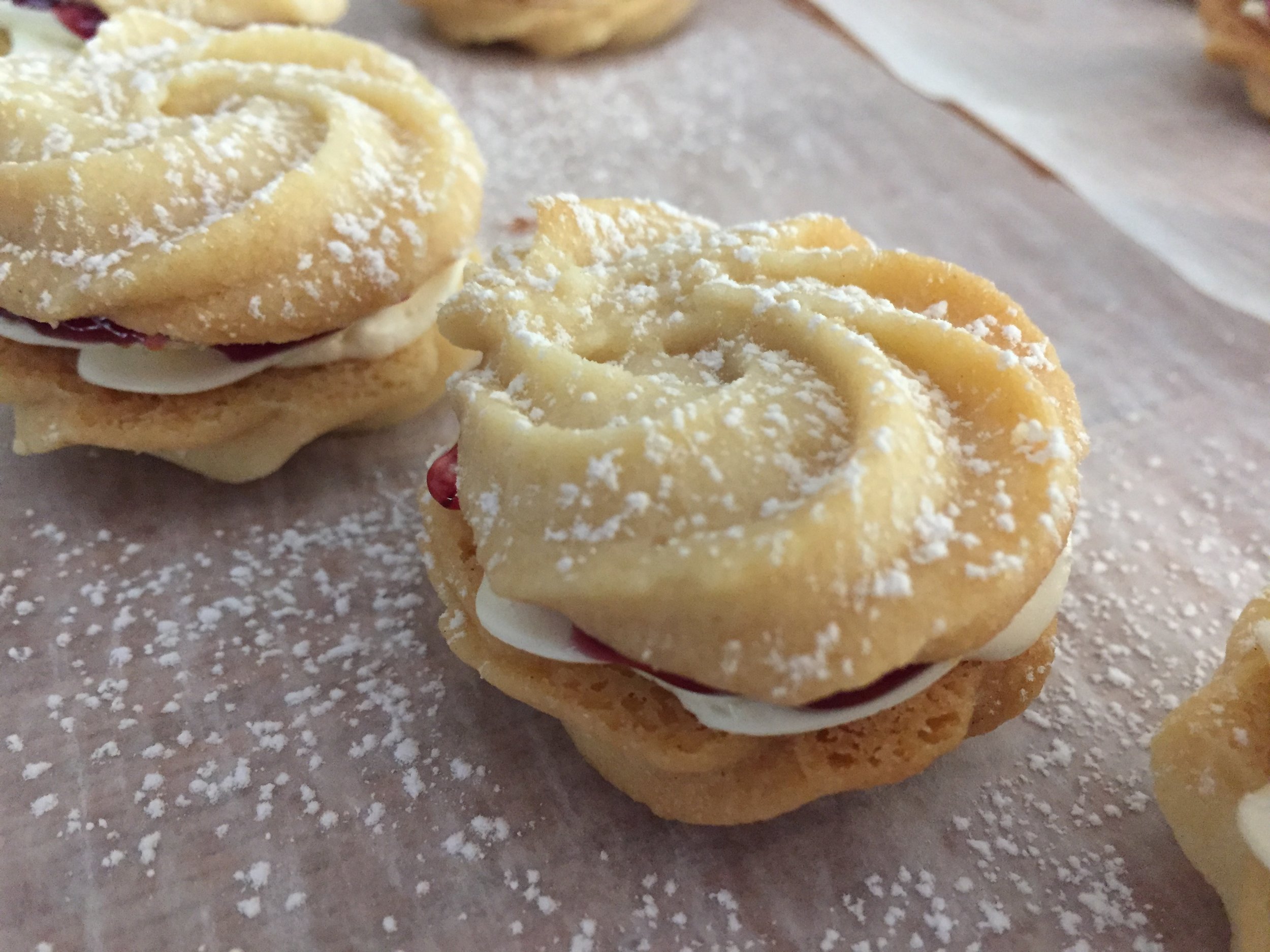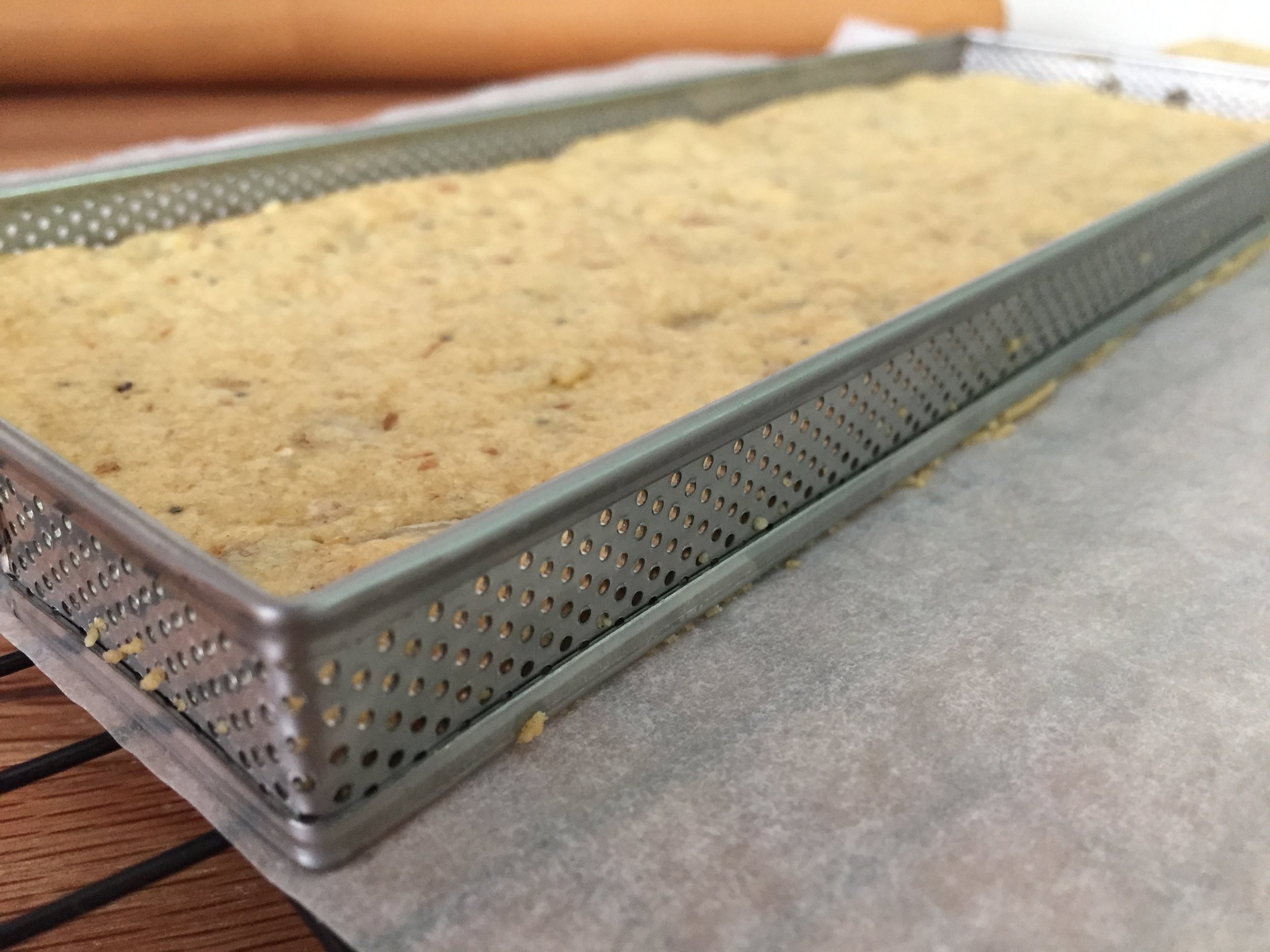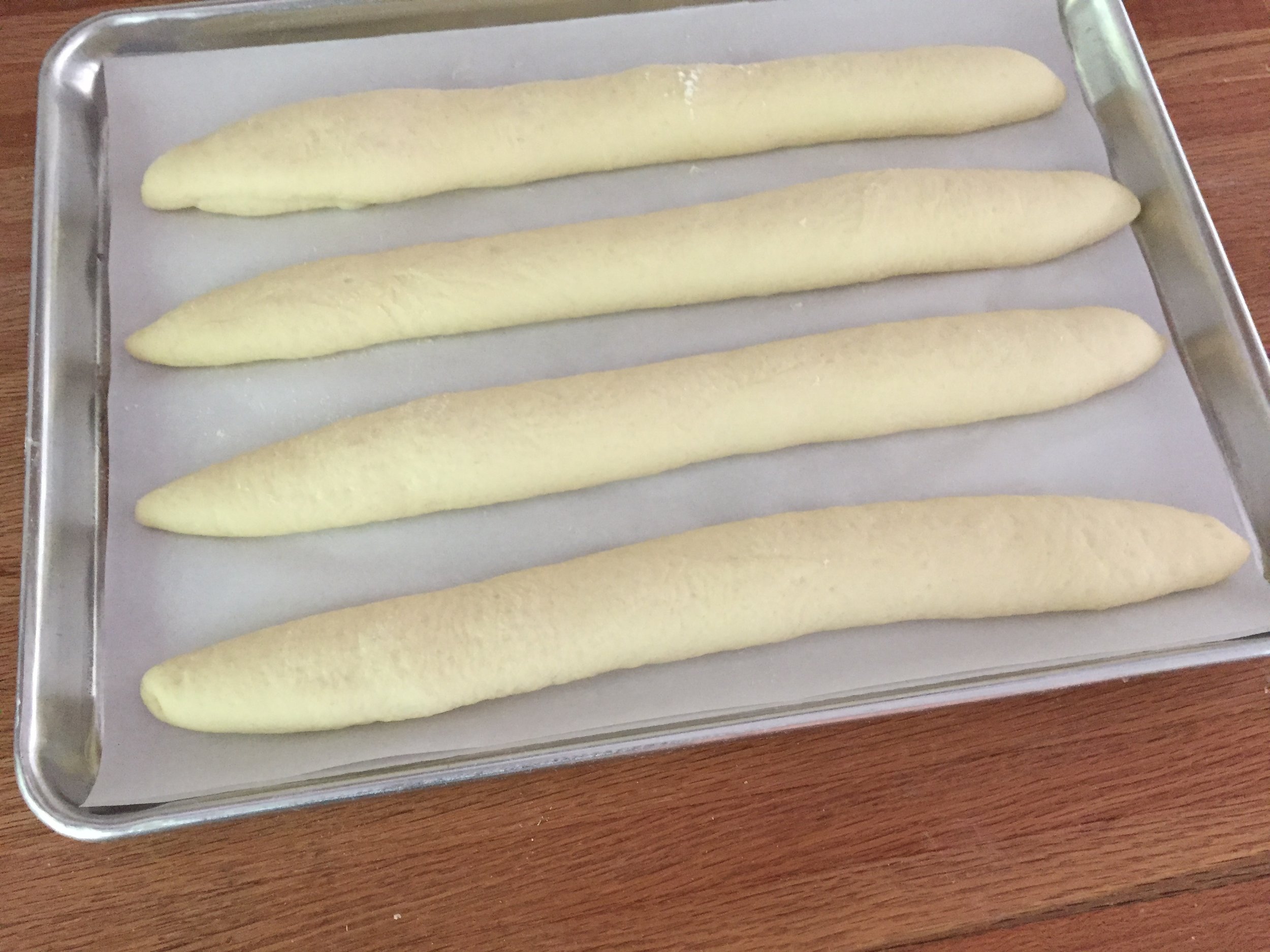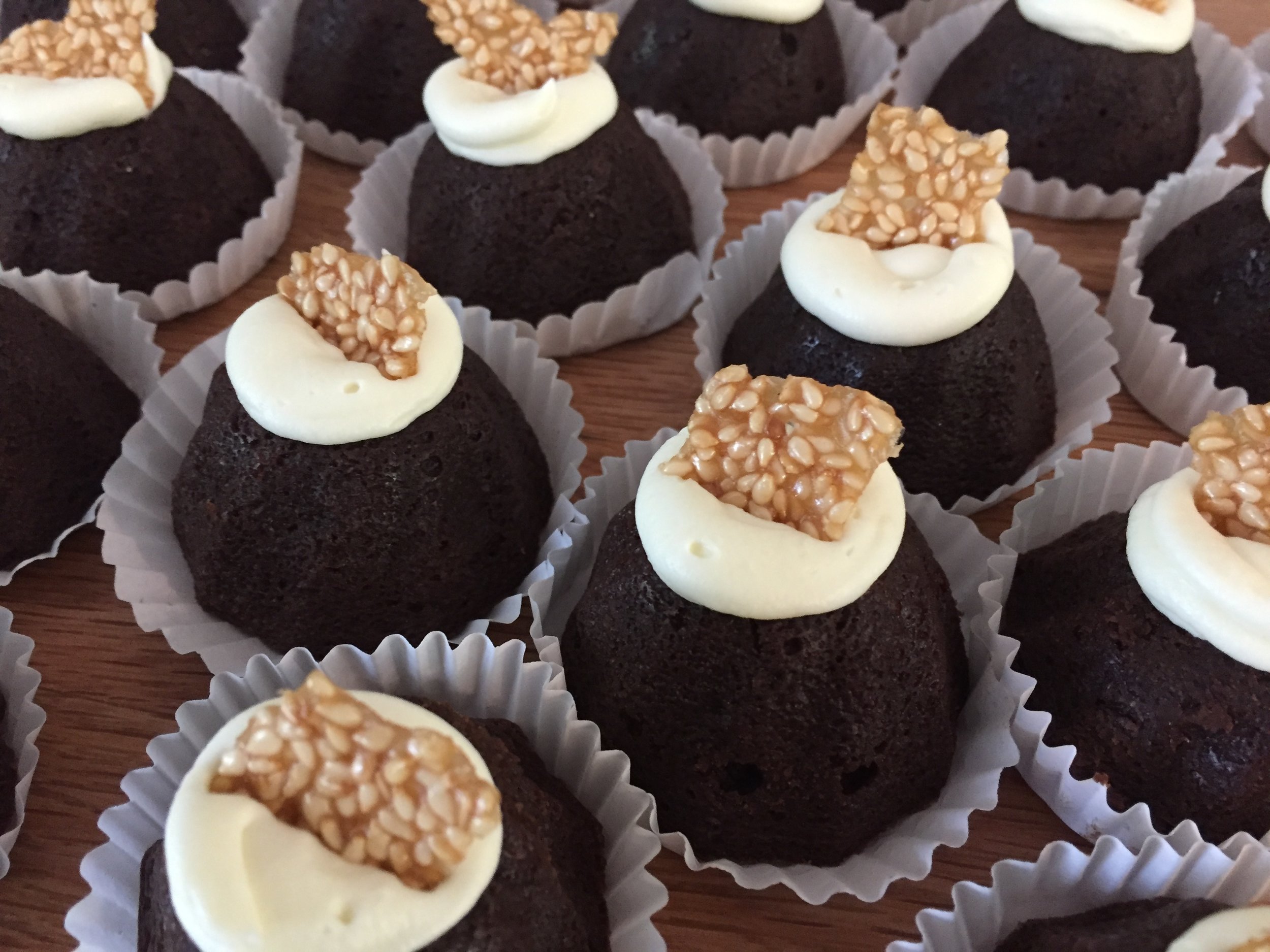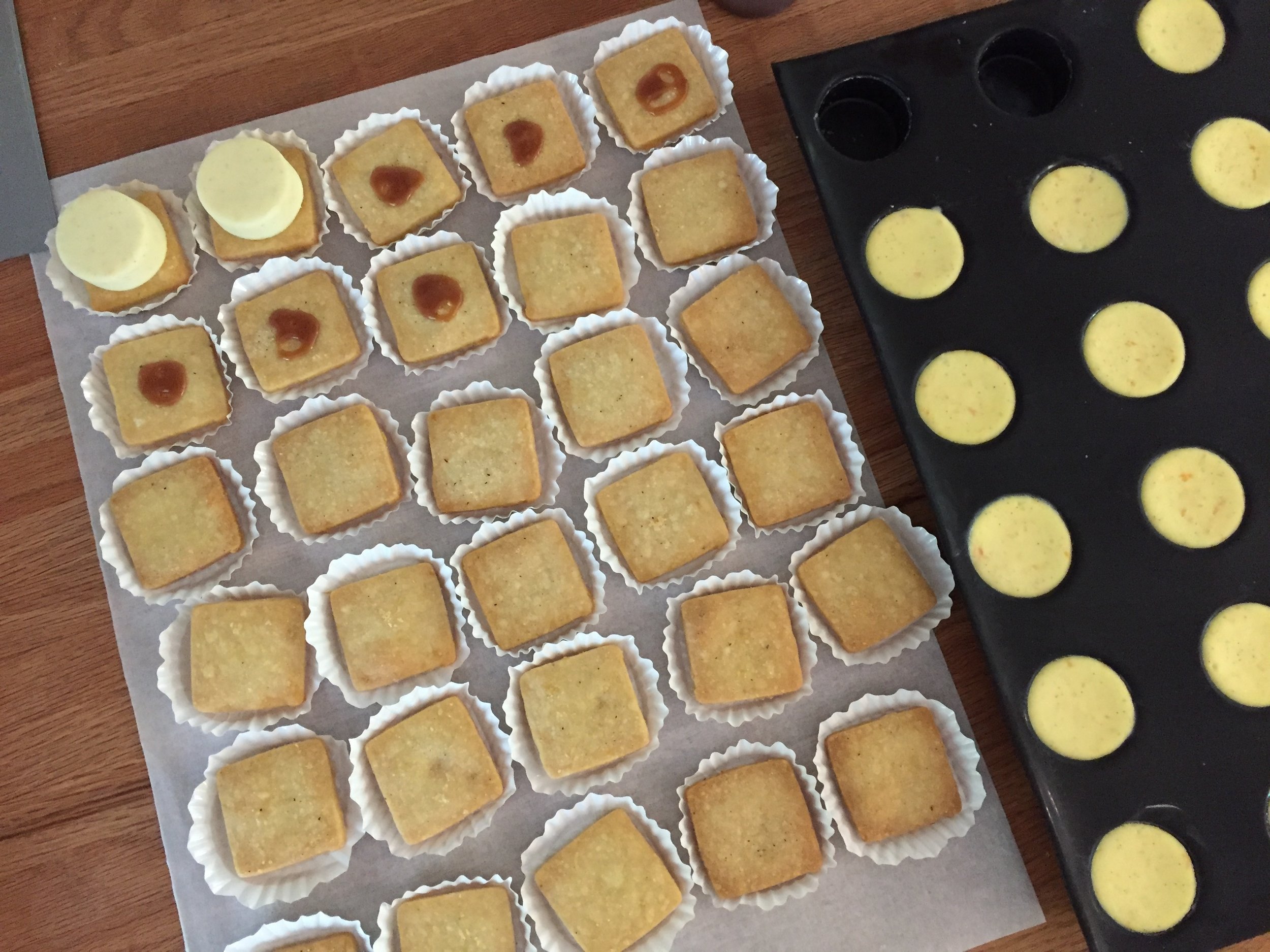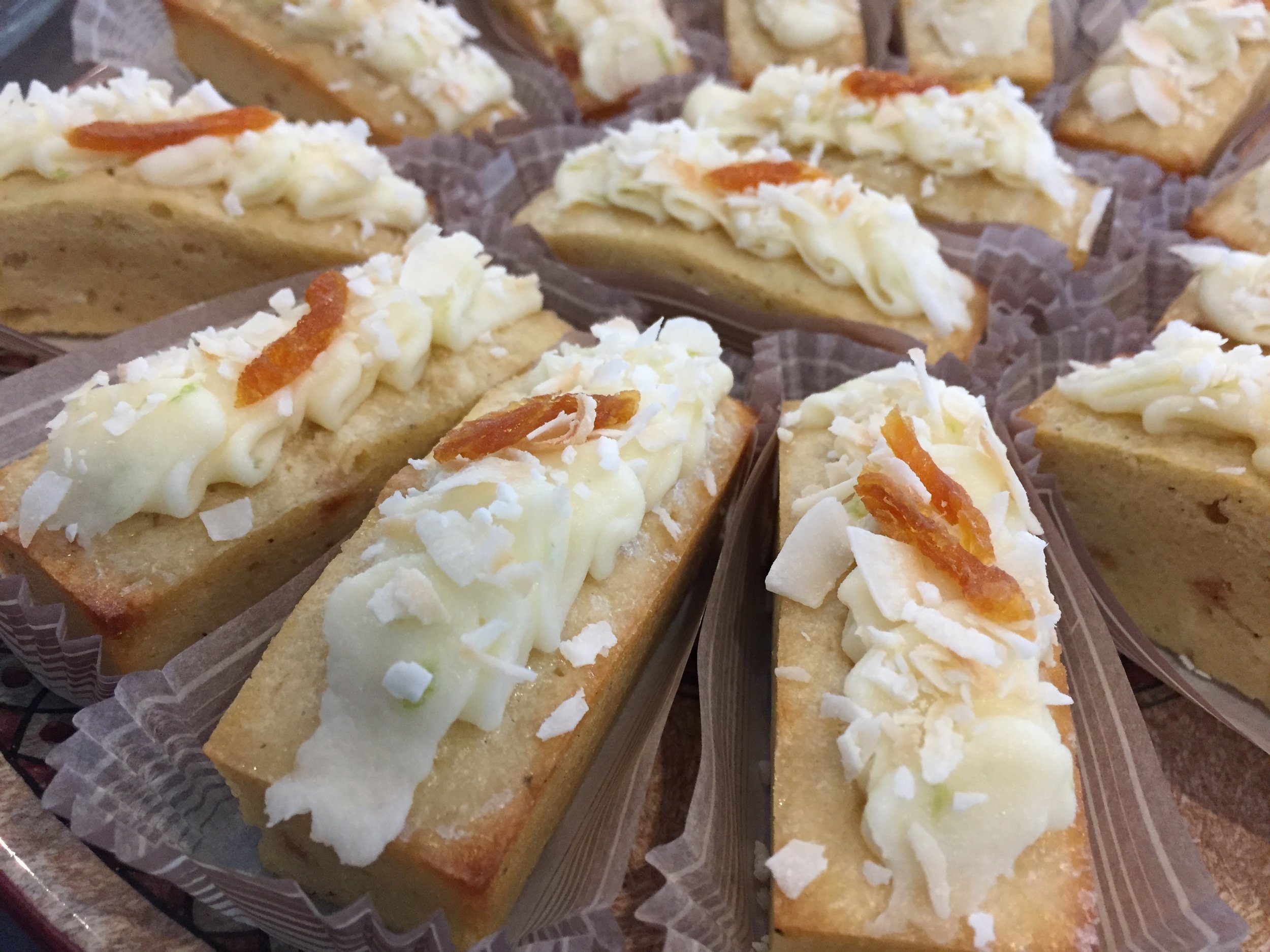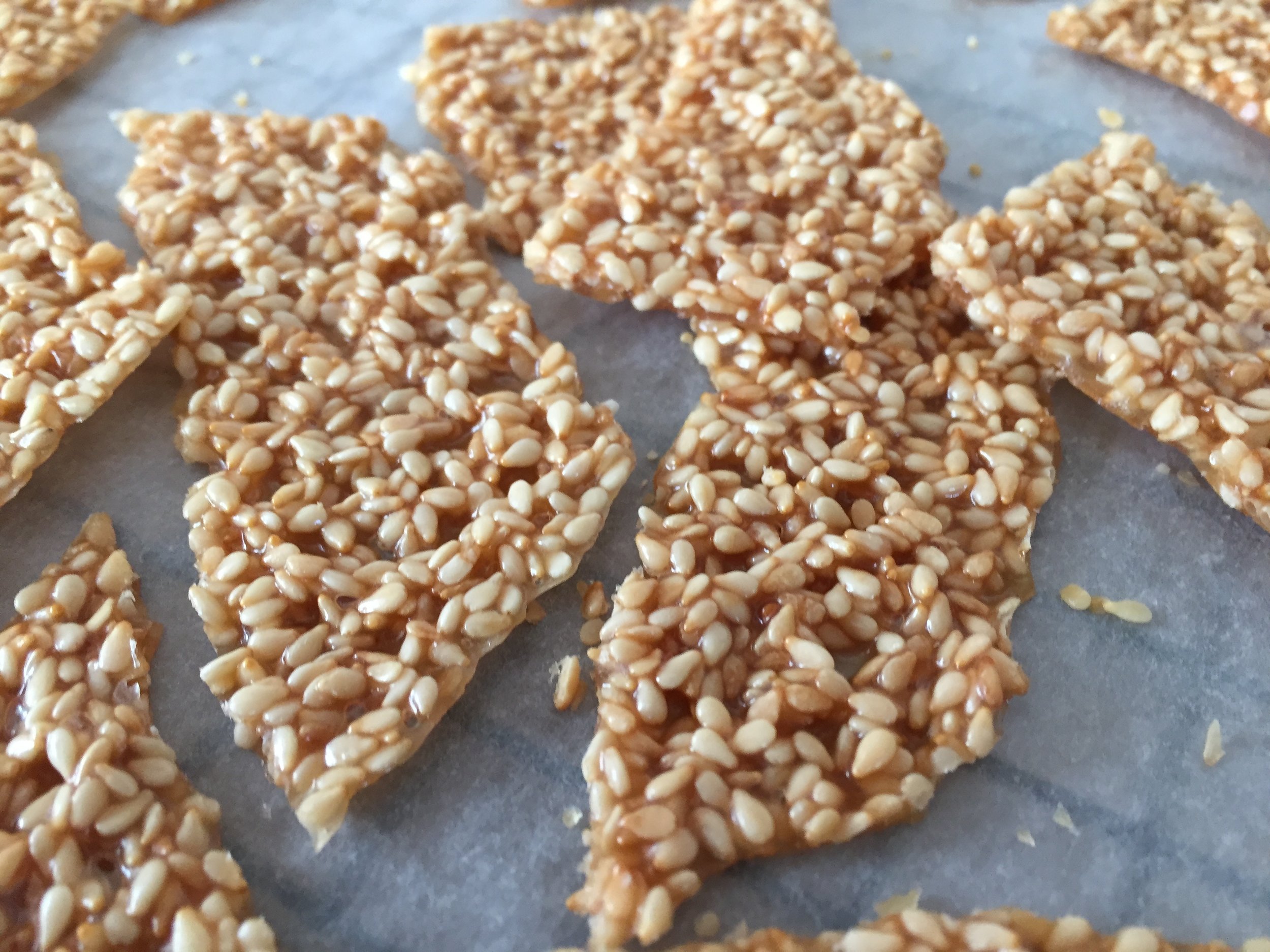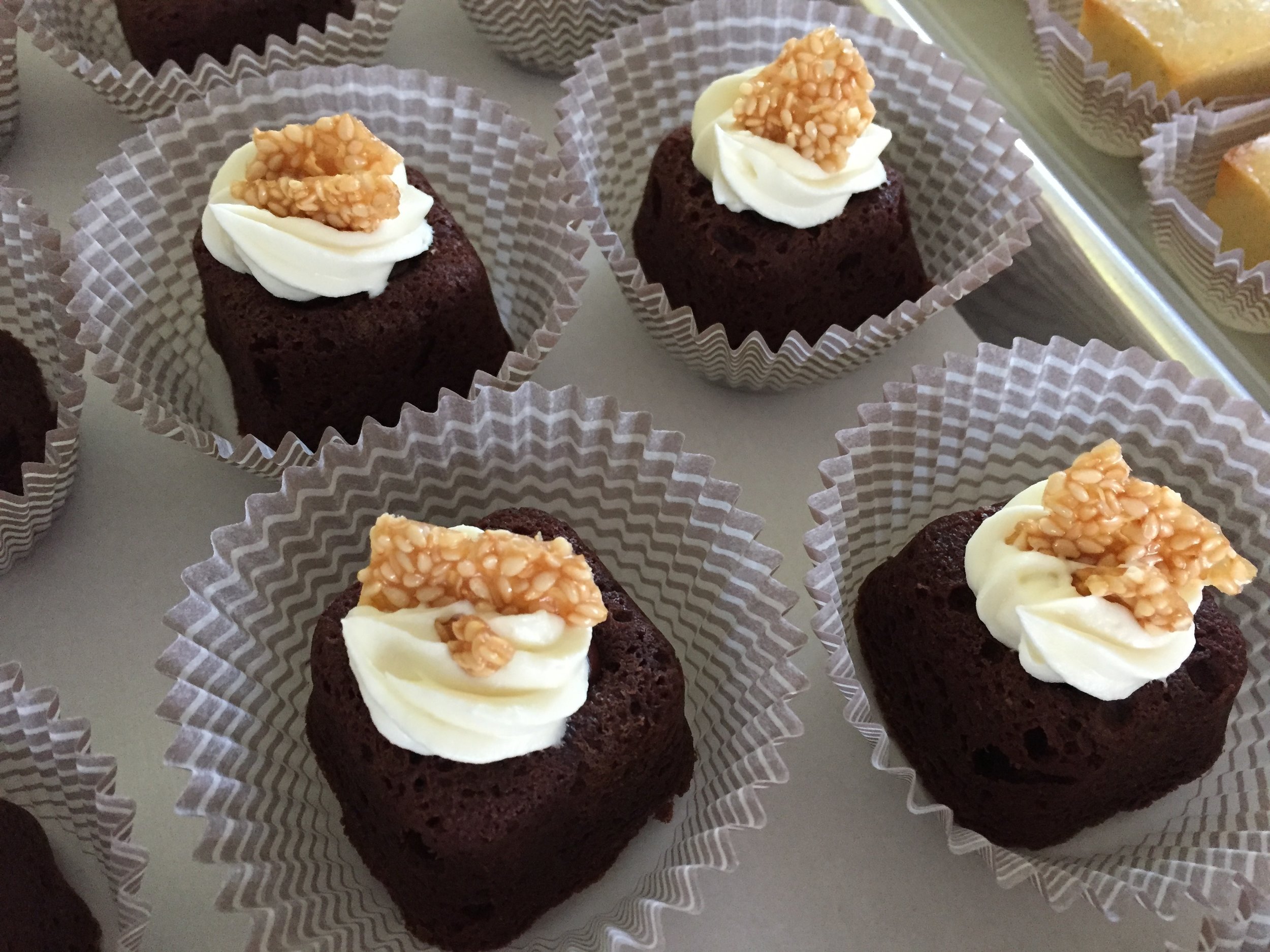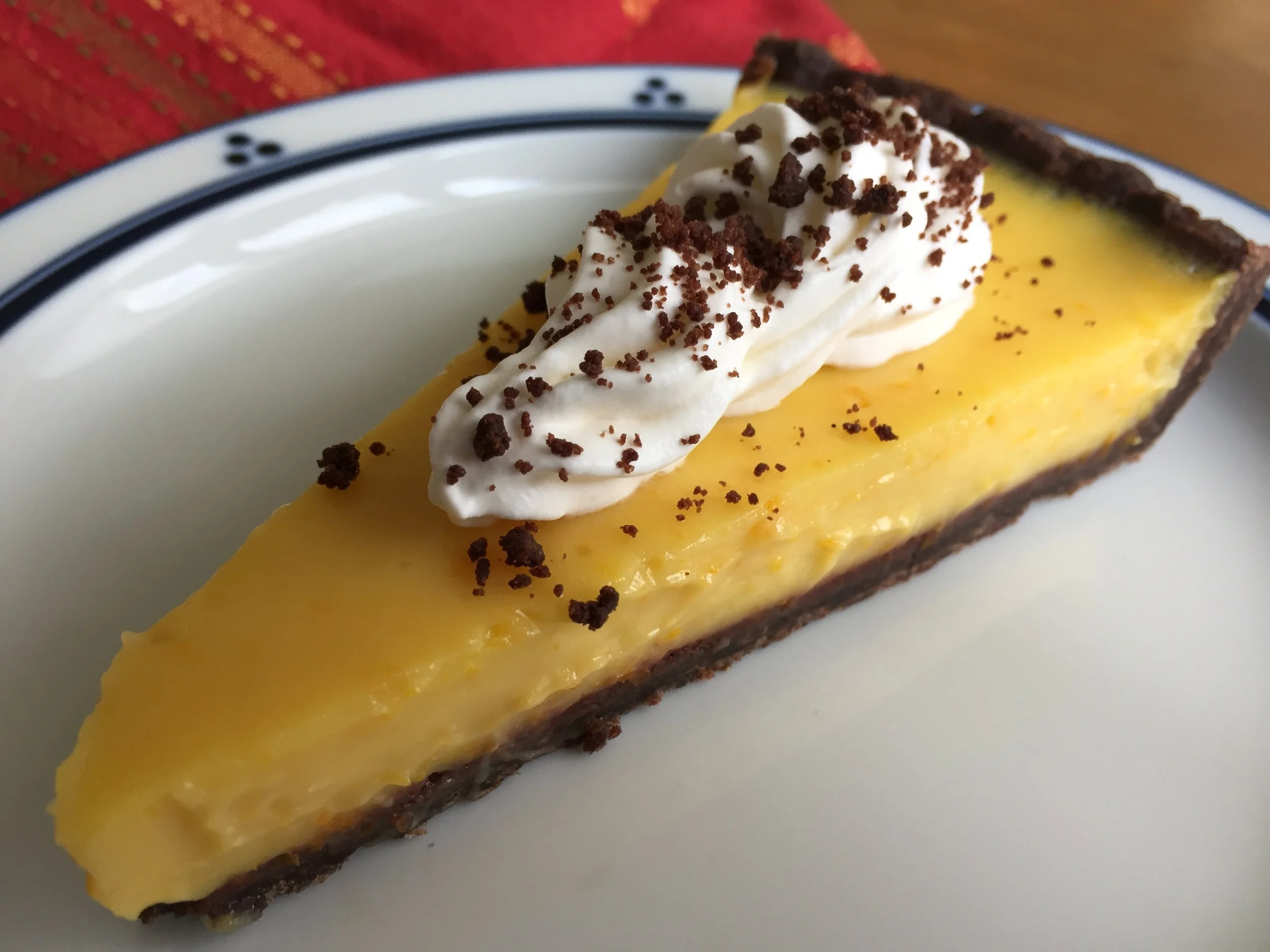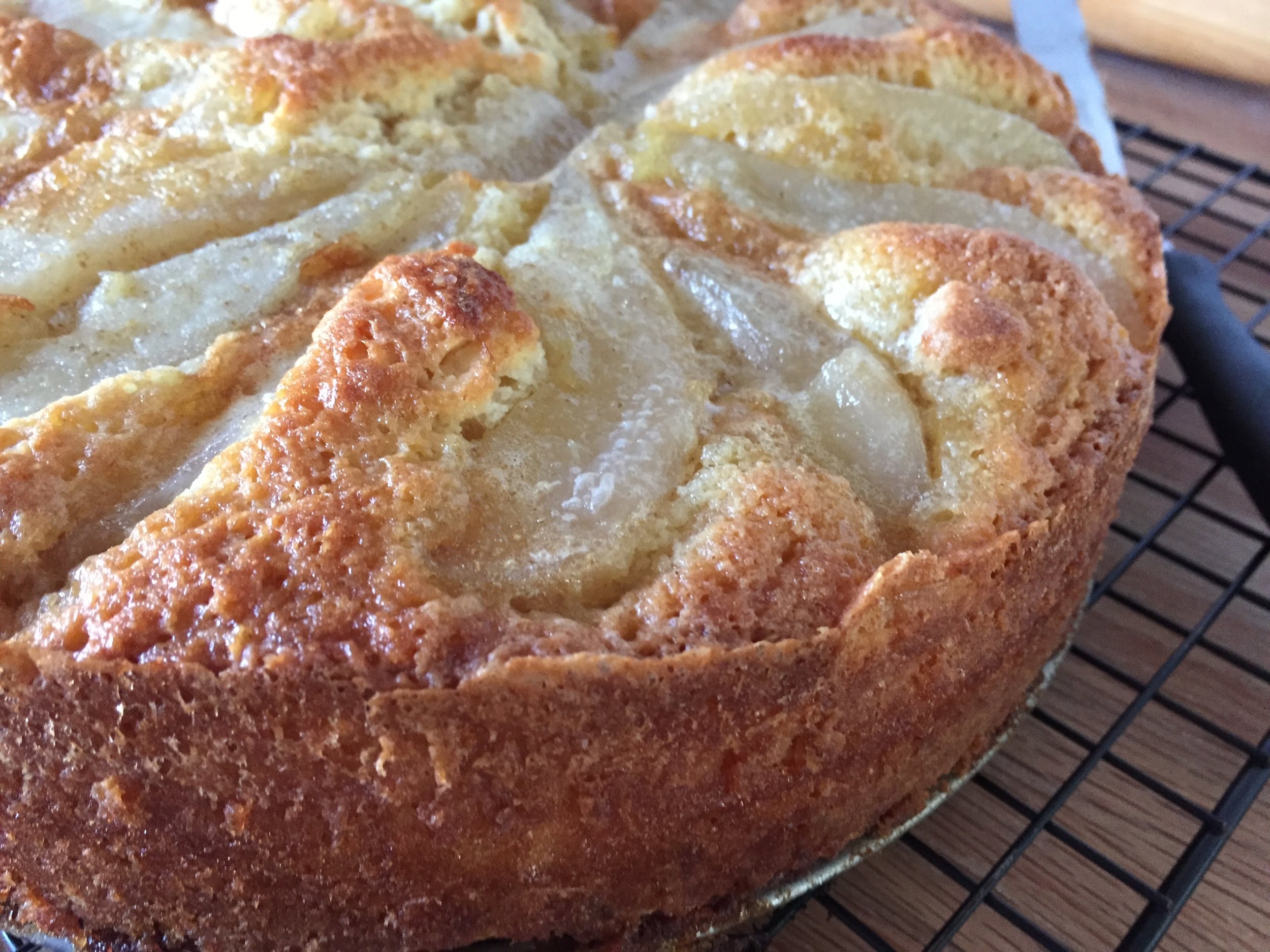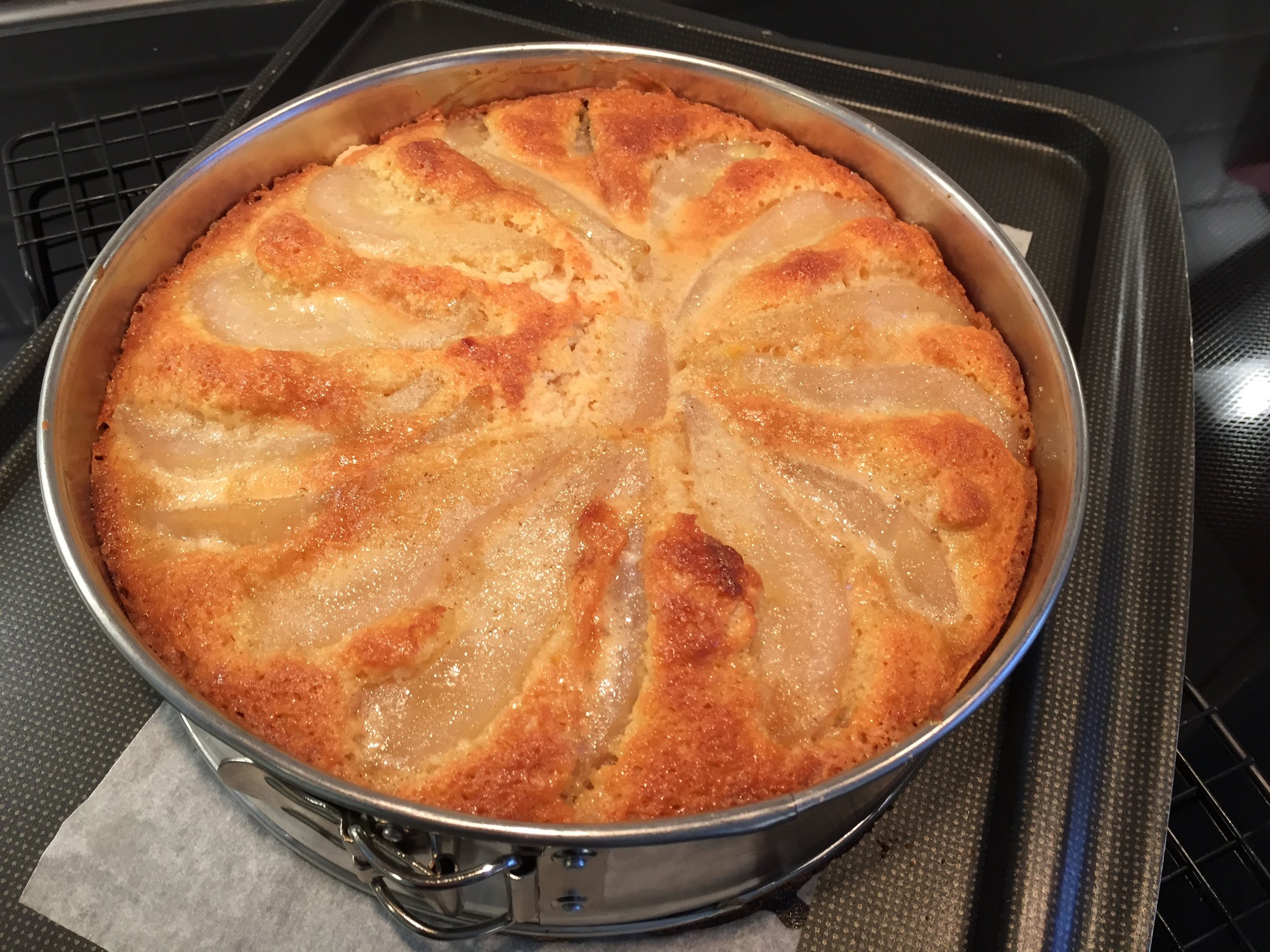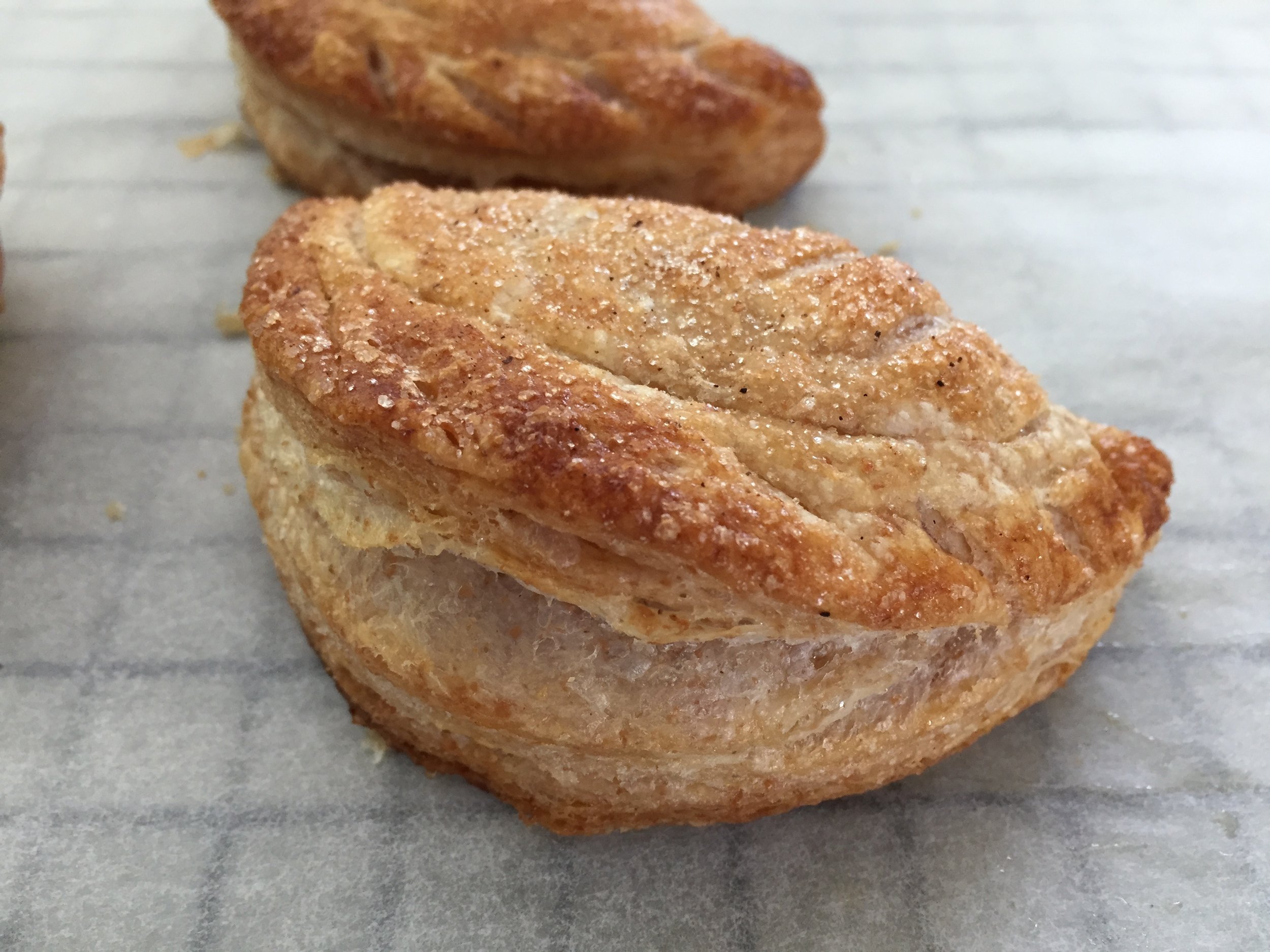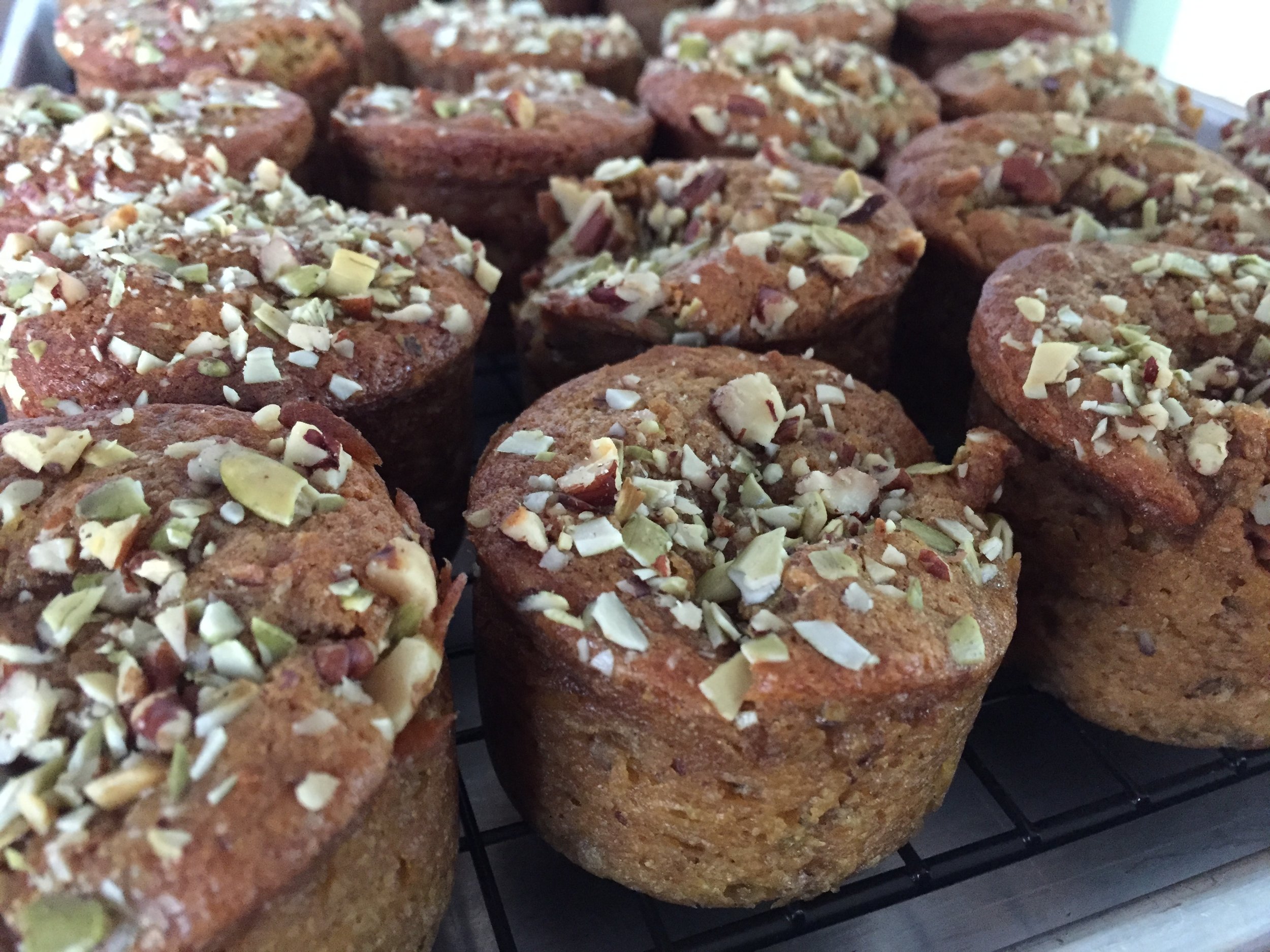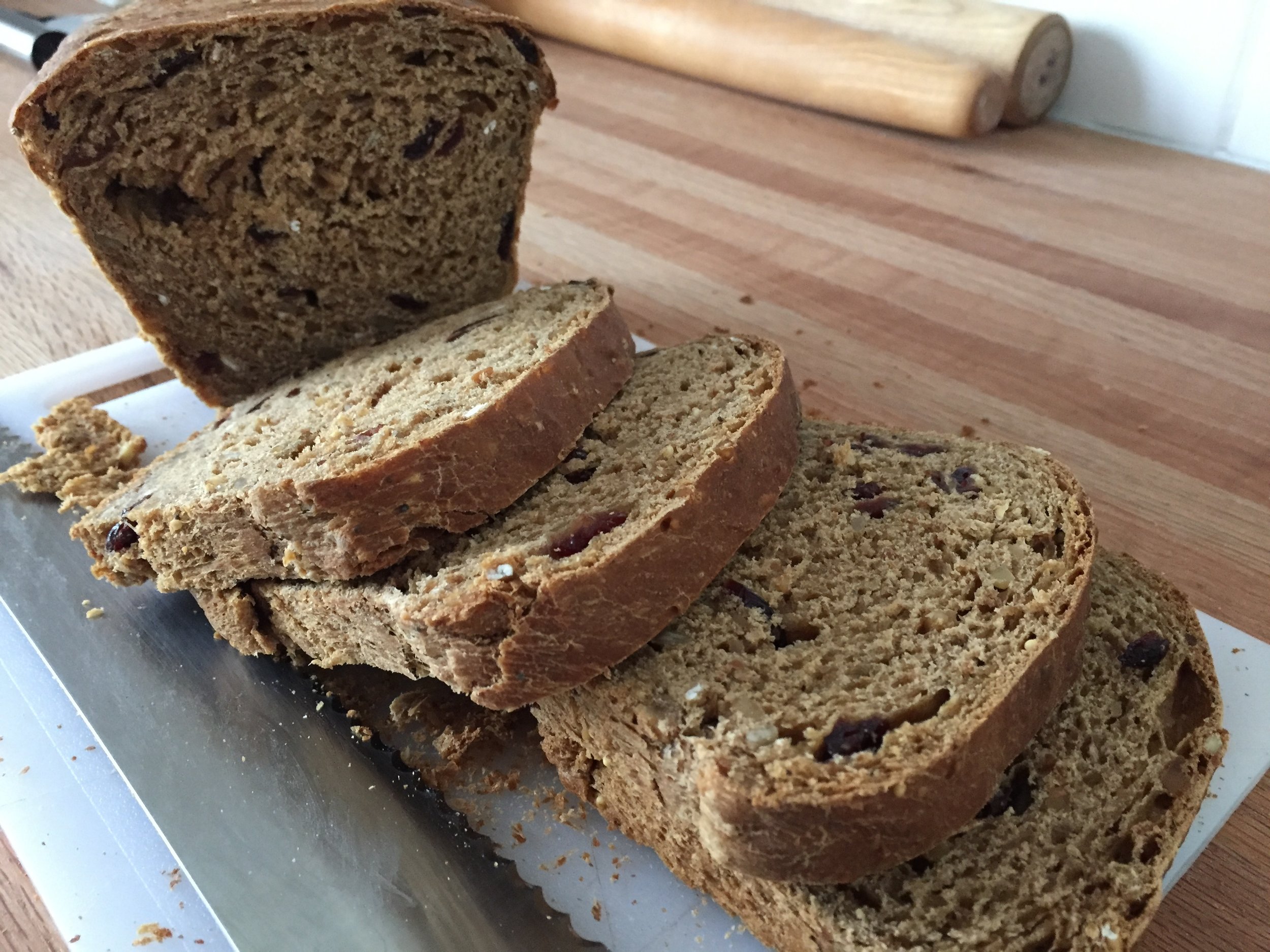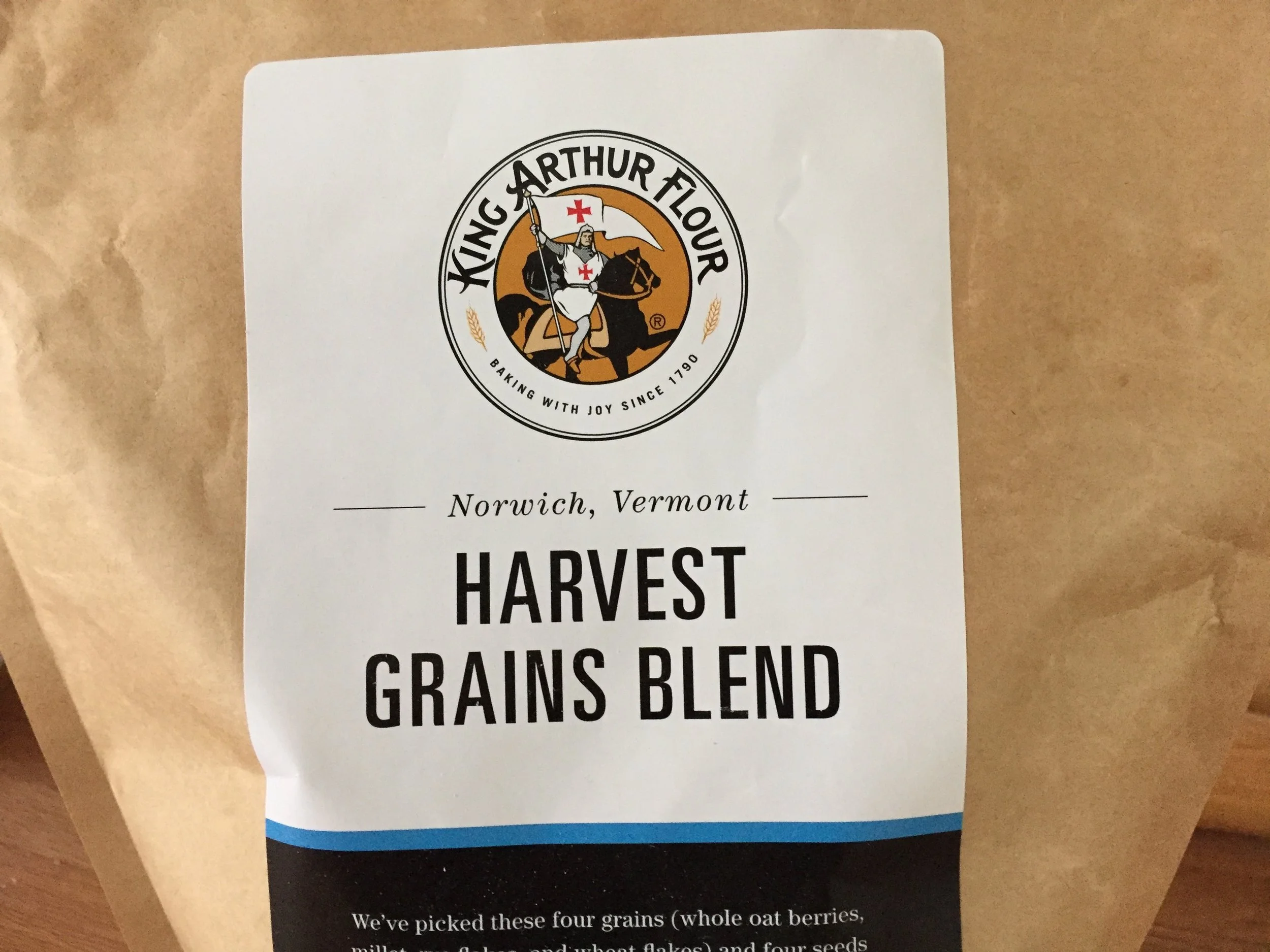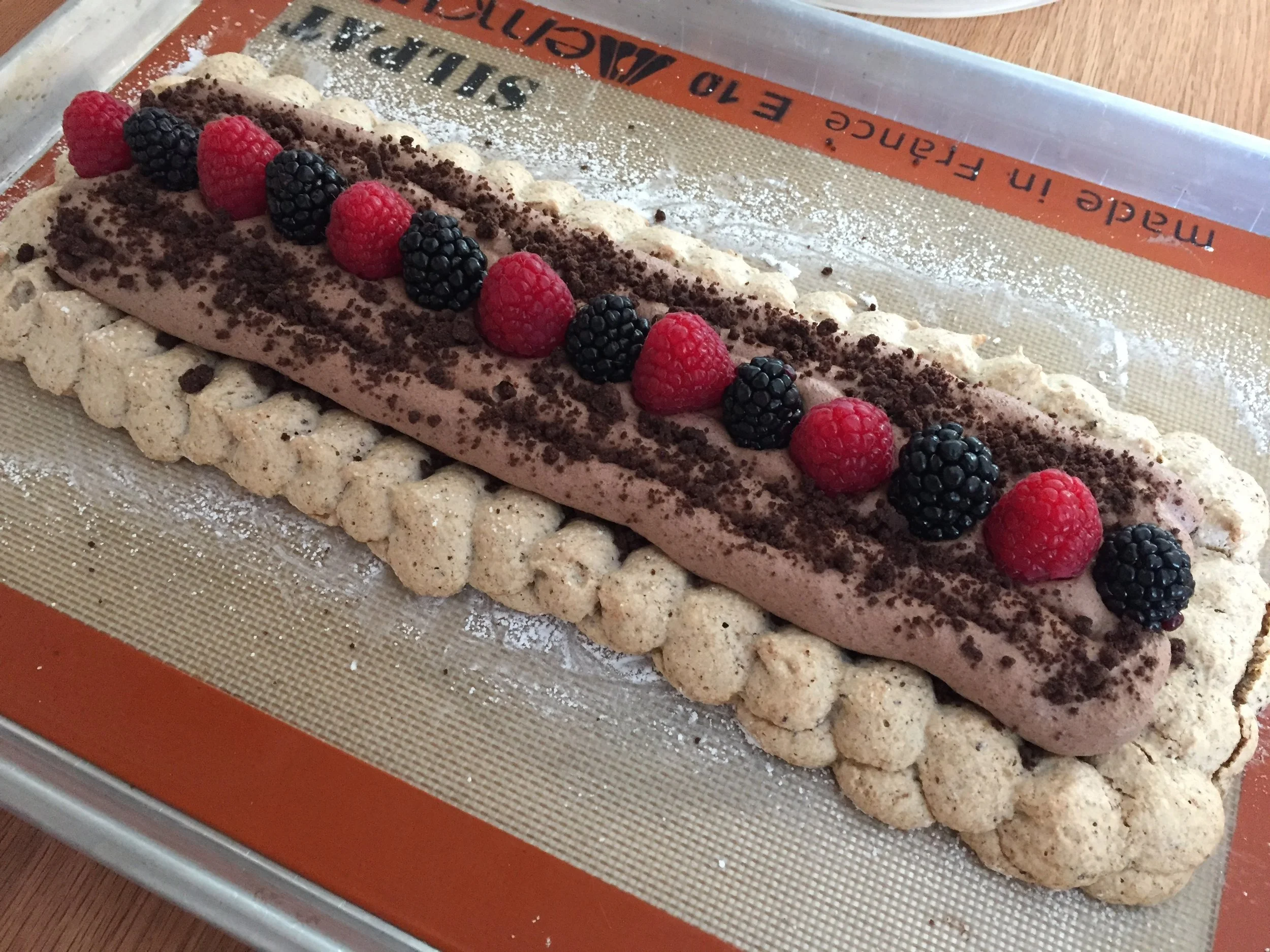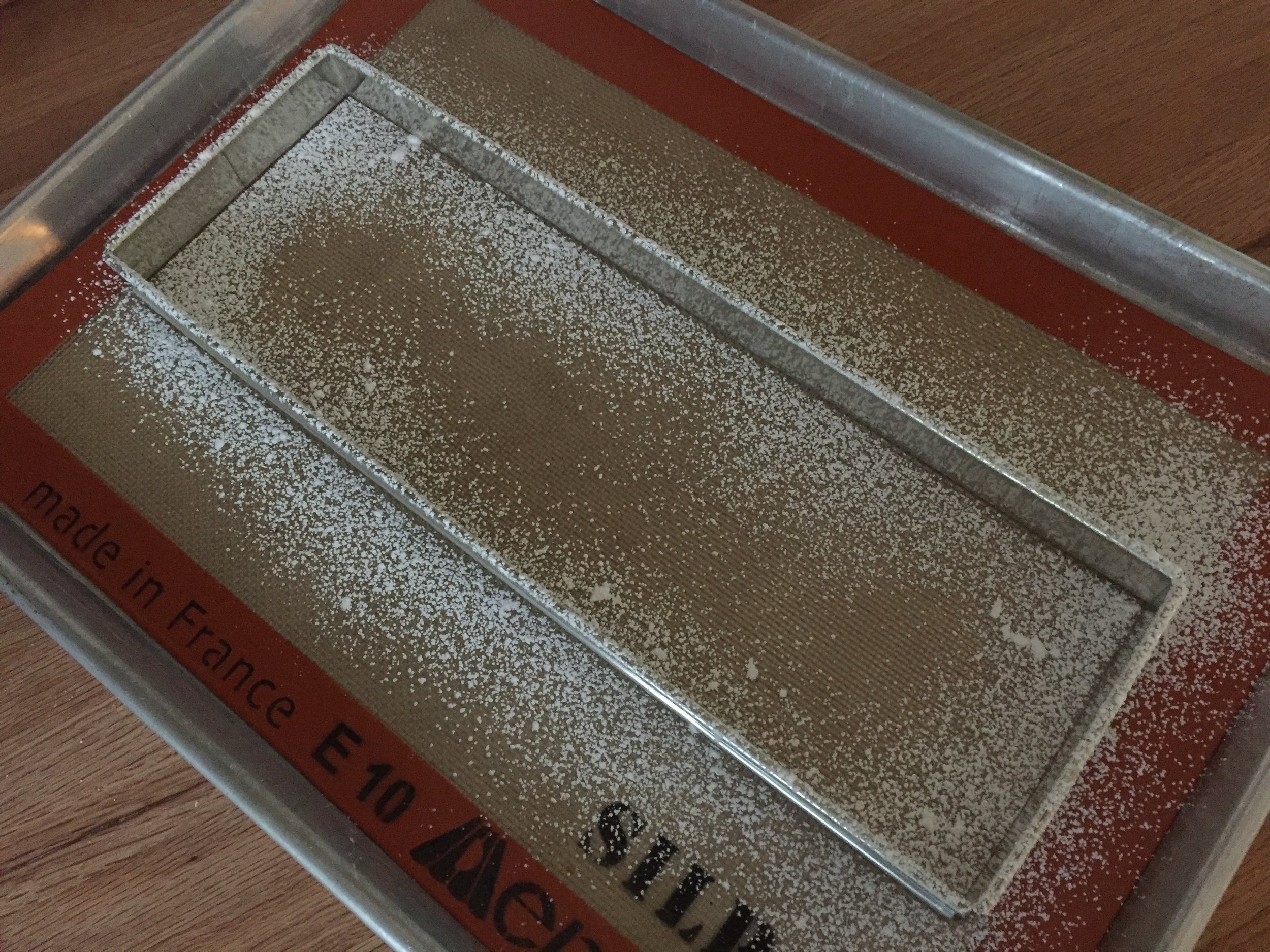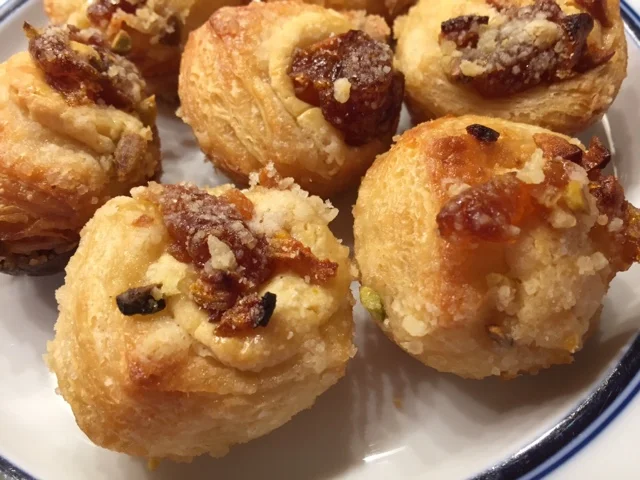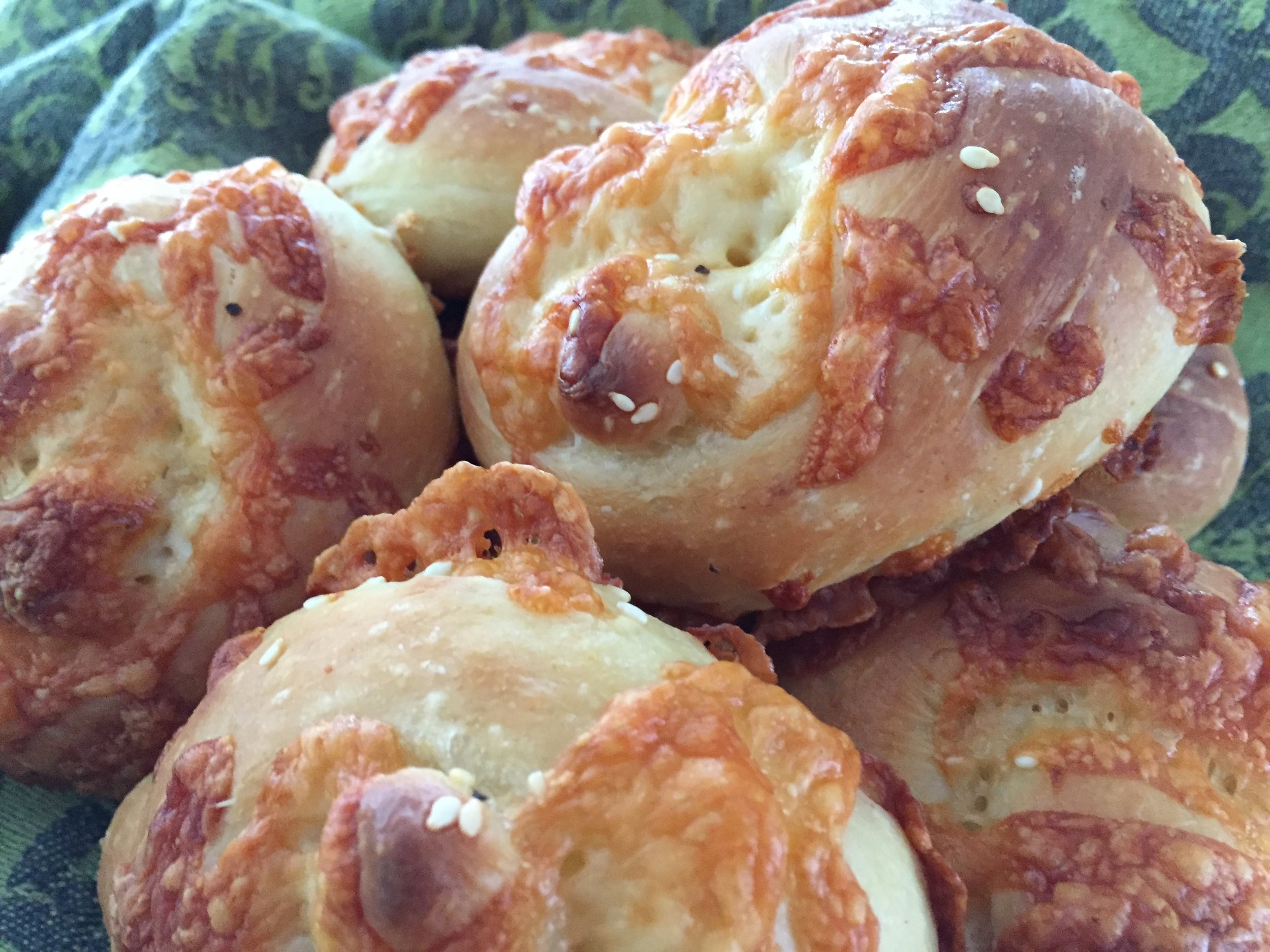Swirly whirly Viennese butter cookies
/Creating a varied menu and testing out the possible goods for an afternoon tea or special occasion brunch, lunch or what-have-you is an ongoing project of mine (Yes, I'm getting there). As I research recipes and ideas, I invariably come across something I haven't made for a long time. This cookie is one of them.
Years ago I had a cookie press with the various discs that allowed one to create butter cookies in different shapes or designs, including a simple swirl . I've since moved on from the cookie press, but these whirled Viennese cookies remind me of those days of yore. It's a classic butter cookie made even more enticing by sandwiching with raspberry jam and buttercream.
Most of the recipes I've seen call for equal (or nearly so) weights of butter and flour along with some confectioner's sugar, cornstarch (or cornflour, as the Brits call it), vanilla and maybe a bit of baking powder and salt. As is the case with pretty much all recipes, the quantities of each ingredient vary a bit from recipe to recipe. They're all good if you ask me!
I opted to use white rice flour instead of cornstarch, being curious about the final texture (Spoiler alert - good!).
Here's the recipe I used for these:
- 200 g / 1 stick plus 6 tablespoons butter, softened
- 50 g / 1/2 cup confectioner's sugar
- 1 teaspoon vanilla
- 200 g / 1 1/2 cups all purpose flour
- 30 g / 3 tablespoons white rice flour
- 1/2 teaspoon baking powder
- pinch salt
- 1-2 tablespoons whole milk
- Heat the oven to 325ºF. Line two half sheet pans with parchment paper.
- Cream the soft butter and confectioner's sugar with the paddle on medium-high for several minutes until pale and light.
- Add the vanilla extract and blend in.
- Sift the flour, rice flour, baking powder and salt into the bowl; add 1 tablespoon milk and blend until smooth and well combined.
- Add the additional tablespoon of milk only if the mixture seems a bit stiff.
- Spoon the dough into a piping bag fitted with a large star tip and pipe whirls onto parchment lined baking sheets. Leave some space to allow for spreading, although in my experience they don't spread too much.
- Place in the freezer for 20-30 minutes before baking. This step sets the dough and makes it more likely your cookies will hold their shape nicely.
- Bake for about 10-12 minutes until the edges start becoming golden brown. Cool on wire racks.
Once cooled, pair up the cookies, overturn them, pipe a swirl of your favorite buttercream on one side and a smear of raspberry jam on the other. Sandwich 'em together and c'est fini!
A little dust of powdered sugar before serving gives them just the right elegant touch.
I find the powdered sugar/butter version of buttercream (which is found all too often on cupcakes, in layer cakes, on cookies) to be too sweet for my taste, so I prefer to make a Swiss meringue buttercream which is lighter and less sweet. It's a little more work, but, once you've done it, the next time will go so smoothly. It's worth the effort for me.
For this project I made my orange honey buttercream as follows:
- 3 large egg whites
- 140 g / scant 3/4 cup cane sugar
- 185 g / 1 stick plus 5 tablespoons unsalted butter, cubed and at room temperature
- 84 g / 4 tablespoons honey
- pinch sea salt
- zest of one orange
- Have a stand mixer with whisk attachment at the ready.
- Place an inch or so of water in a medium saucepan and bring to a boil.
- Have a thermometer on hand (a digital probe type works well or a standard candy type thermometer).
- Meanwhile, place the egg whites and sugar in a medium bowl that sits nicely in the top of your saucepan and whisk them together. Reduce the heat to a simmer and whisk until the sugar is dissolved, the mixture starts to thicken and whiten and the temperature reaches 150-155º F.
- Transfer the meringue directly to the bowl of the stand mixer and whisk on high until cooled and thickened to nice shiny stiff peaks.
- Gradually add the room temperature butter, a few pieces at a time, until incorporated and the buttercream is smooth and creamy.
- Blend in the honey, sea salt and orange zest. I usually do that with a hand held spatula and make sure everything is blended nicely.
- Pipe or spread as desired. This keeps well in the fridge for several days and can also be frozen. Once chilled or frozen the cream should be brought to room temperature and may need a bit of rewhipping to soften and smooth it out again for use.
And how did these taste, you might ask? Delicious. Melt in your mouth cookie with a delightful texture from the rice flour, along with the hint-of-orange-creamy and tang-of-raspberry-fruity. These keep very nicely in the fridge for several days and can also be frozen.
Feel free to create your own combos of buttercream and jam for something just a little different. I know I will and why not, eh?



